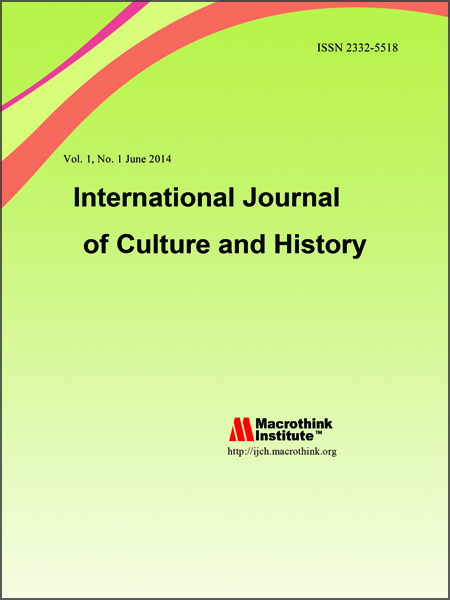A Study of the Differences about Chinese Qixi Festival Custom – Taking Shanxi's Old Local Chronicles as an Example
DOI:
https://doi.org/10.5296/ijch.v8i1.18154Abstract
The Qixi Festival is a traditional festival in China, which inherits the production model of male farming and female weaving for thousands of years. It is considered as a symbol of Chinese farming culture and widely propagated in many provinces in China since a long time ago. However, people in different areas celebrate this festival in different ways during different periods. This can be found in the documents that recorded in local chronicles.
This research takes Shanxi Province as an example. Through sorting out 72 types of local chronicles that recorded the contents of the Qixi Festival which compiled during the Qing Dynasty and the Republic of China, we found that the differences mainly manifested in four aspects: the gender and age of the participants, the objects of sacrifice, the sacrificial offering, and the behavior of begging dexterousness. Through analyzing, it can be seen that these differences are caused by the impact of the environment, production mode, economic structure, and also related to the integration multiple cultural elements in the festival itself.

